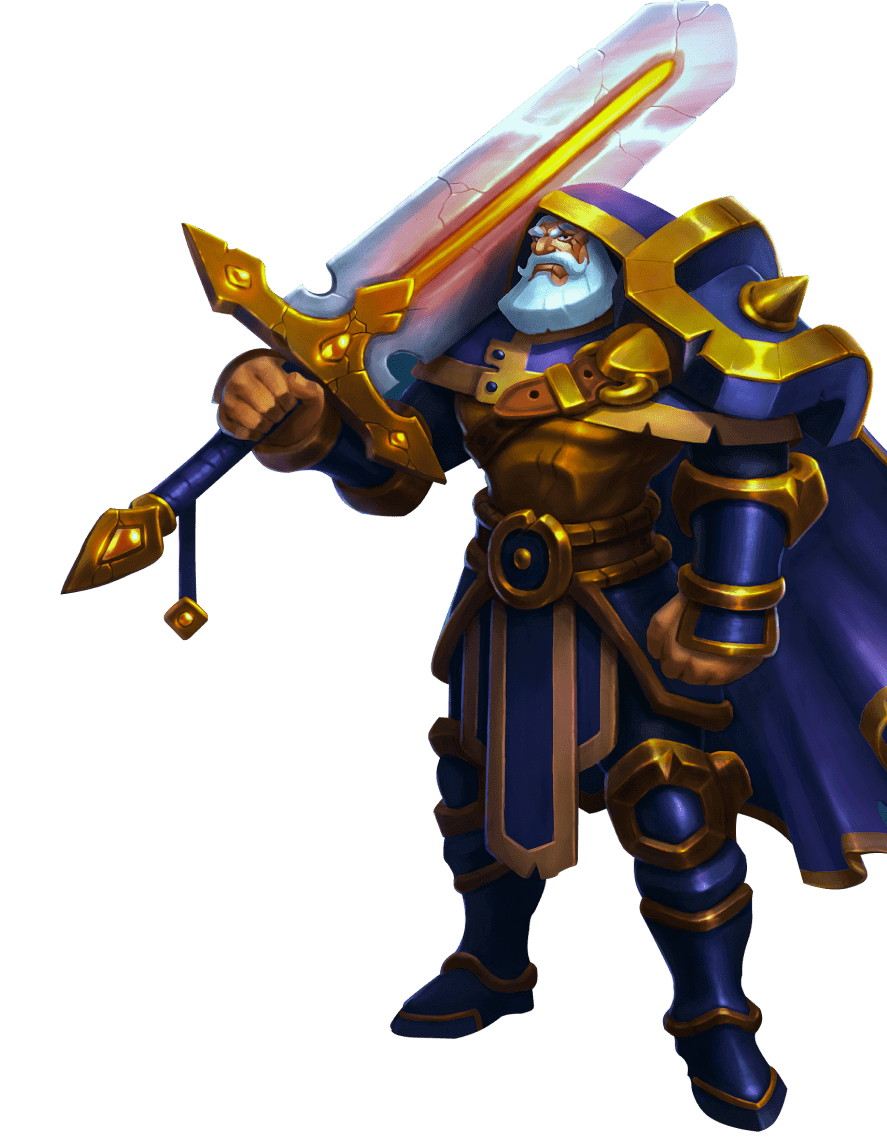Fortnite is one of the most popular games of our times, and with hundreds of millions of registered players, there’s no doubt that the company makes a good profit from it. But how much do they make and how? Let’s explore its monetization mechanics in depth.
Introduction to Fortnite’s Business Model
Fortnite is a free-to-play game, and free games always have an interesting business model to discover. Fortnite monetization is key to its success, and money is earned primarily through in-game purchases.
“I still think the most brilliant pricing mechanism I’ve ever seen is Fortnite,” said Michael Pachter, video games analyst. But before we jump into monetization topics, let’s zoom out and look at all the franchise games, including the less famous ones.
A Brief Overview of Fortnite
First released in 2017, Fortnite has gained a crazy popularity that hasn’t declined since then. At the end of 2023, Fortnite had over 500 million registered users. At any given moment, at least 1 million people are playing the game.
Fortnite consists of six different game mode versions:
- Fortnite Battle Royale (100 players fight in a constantly shrinking area until the last one remains)
- Fortnite: Save the World (cooperative survival sandbox game where players team up to fight off waves of zombie-like creatures)
- Fortnite Creative (a sandbox game where players can design their own worlds, games, and experiences, as well as explore the creations of others)
- Lego Fortnite (players build, explore, and battle in a Lego-inspired Fortnite world)
- Rocket Racing (high-speed races on rocket-powered vehicles with Fortnite mechanics)
- Fortnite Festival (rhythm-based game where players compete performing songs and jam)
How Does Fortnite Make Money?
According to data revealed in a trial between Epic Games and Apple in 2021, 24.2% of all players spend their money on the game. This is a very good conversion rate compared to many free-to-play games (take a look at our article on Candy Crush monetization strategy). Spending differs drastically between players on different platforms. PS4 players’ LTV was 14 times bigger than Android users’.
In-game Purchases and Skins
One of the most commonly bought items in Fortnite is skin, a cosmetic item that changes the appearance of the character. It has no practical function, as players don’t get gameplay benefits with a new skin. People would often assume a person with a default skin to be a novice; however, this is not always the case.
The skins are divided into Common, Uncommon, Rare, Epic, and Legendary. Also, there are special series like Dark, Frozen, Lava, Shadow, Star Wars, Marvel, Gaming Legends, and others.
There are different ways of buying skins: Item Shop, Battle Passes, special events, and exclusive promotions. There are around 2,000 skins in Fortnite, and new ones appear constantly. A price range for a skin is from 800 to 2,000 V-Bucks for rare ones, which can be converted to 7 to 18 US dollars.
A survey by LandEDU revealed that 58.9% of purchases made in Fortnite were of skins. Other popular items are gliders (18%), harvesting tools (13.5%), and emotes (9.5%). All of these are cosmetic items that don’t provide gameplay advantages.
Kevuru Games created over 120 skins for Fortnite. Our game artists developed each one as a character with a unique personality, such as Bushranger, Bunnywolf, and Globe Shaker. Our concept art team worked on the project for 10 months and got so excited with Fortnite characters that ended up delivering more skins than promised.
An excellent trigger for sales is the exclusivity and scarcity of items. Since virtual clothes and accessories take zero resources to produce once designed, you would imagine they sell them endlessly to maximize revenue. But human psychology doesn’t work like that. Players buy more when there is a sense of urgency and scarcity. The skins available today may not be in the item shop the next season or even tomorrow.
Battle Pass Revenue
The Fortnite Battle Pass is a subscription that gives a player access to exclusive seasonal items. At the price of 1,000 V-Bucks (about $8.99), a player can earn 1,500 V-Bucks by gaining XP, which gives an impression that it makes a good ROI. If they consistently complete all the tiers (which takes 75-150 hours of playing), they can buy next season’s battle pass with earned V-Bucks.
We don’t know precise numbers on battle pass revenue, but here is some data from previous years. It was announced that in February 2018, on the first day of a new season, Epic sold more than five million battle passes, which converts to more than US$50 million.
Fortnite wasn’t the first game to use battle passes, but it made them broadly popular. There might be several reasons why they worked so much better for Fortnite than for its early predecessors, like Dota 2.
Before anything, let’s not forget that Fortnite is free to play, making players feel it’s fair to pay some extra. What’s interesting about Fortnite battle passes is that buying one doesn’t instantly give you access to all the seasonal items. You must play and progress to open the items at all 100 levels. It increases the competitive element of the game.
Each season’s theme is well thought out and adds a lot of novelty to the gameplay, keeping the players engaged. Also, there are many incentives to keep the players coming back to the game all the time because if they don’t engage for some time, they lose what they have already earned.
Collaborations and Partnerships
Fortnite is known to leverage collaborations at its best. It partners with celebrities, movie franchises, or entities like the NFL to promote the game and sell a new limited edition of themed cosmetic items.
Although we don’t have precise data on the profitability of each collaboration, some available numbers are quite impressive. Fortnite’s partnership with the NFL brought in 50 million in two months by selling 3.3 million skins. Engaging stars like Travis Scott and Eminem brought many new players to the game. For instance, the collaboration with Travis Scott attracted over 27 million unique players.
However, not all collaborations were as successful as expected. For instance, Ghostbusters and Matrix items didn’t sell very well. Yet we don’t know if this resulted in losses for Fortnite.
Esports and Competitive Events
Massive esports events like the Fortnite World Cup and Fortnite Champion Series (FNCS) support the community and take the game to a whole different level. In 2019, the Fortnite World Cup had 2.33 million viewers and a $30 million prize pool, one of the biggest compared to similar competitions.
Image source: Epic Games
Apart from these mega-events, there are competitions and seasonal tournaments at all levels. The events are designed so that even players with little experience can participate. It goes without saying that the events significantly boost sales of cosmetic items.
Merchandise and Licensing
When you start googling Fortnite merchandise, you find Lego constructors, Fortnite Monopoly, bean bag chairs, piñatas, figurines, pajamas, and all sorts of clothes and toys imaginable.
Image source: target.com
As with many other popular franchises like Star Wars or Marvel, merchandise sales account for a large bulk of revenue, but in the case of Fortnite, we don’t have precise data. What is sure is that sales of virtual clothes and accessories—skins and gliders—bring way more profit than actual real-world items.
Subscription Models
In 2020, Fortnite introduced Fortnite Crew, a new subscription model. For $11,99 a month, it gives a player access to all the active battle passes and provides V-bucks, a pack of exclusive cosmetic items, and other perks.
Some players liked the new model, but many weren’t happy, as often happens. They were concerned that their battle passes would be lost once they stopped the subscription. However, it seems like the subscription model had a positive effect on increasing Fortnite revenues. Users who prefer battle passes could play by buying just them and paying $8,99 once a season instead of $11,99 every month.
Fortnite Revenue Statistics
Annual Revenue Breakdown
When asked how much money is Fortnite making, the numbers speak volumes. Epic Games doesn’t share its revenue regularly, but the scale of the Fortnite business is evident from the data revealed in the anti-trust suit against Apple. According to the data from the court documents, Fortnite made $5.5 billion in 2018 and $3.7 billion in 2019, which totals $9 billion in two years after launch.
Monthly Active Users and Their Spending
Fortnite’s fanbase is quite active. The average user spends 8-10 hours a week in the game. Epic Games CEO Tim Sweeney announced during his speech at Unreal Fest 2024 that Fortnite reached its peak of 110 million monthly active users over the holidays.
The number of active users varies depending on special events, reaching up to 44 million at a time. Events also contribute greatly to revenue, which can grow by 23% when something interesting happens.
On average, a US player spends $102.42 a year on in-app purchases (the information disclosed is from 2020), an increase from $84.67 in 2018.
Fortnite’s Position on the Market & Competitors
Due to Fortnite’s many modes, the competitors are also quite diverse. In the battle royale genre, the main competitors are Call of Duty: Warzone, Apex Legends, and PUBG: Battlegrounds. Some other competitors are sandbox genre leaders, such as Minecraft, Roblox, and Genshin Impact. The number of competitors in racing and rhythm games is even higher.
Yet Fortnite maintains excellent results among its rivals regarding the number of players. None of the abovementioned games has been even close to Fortnite’s 650 million registered users. Minecraft and Roblox have 140 and 216 million monthly active users, respectively (estimated), but battle royale hit Apex Legends has 65 million monthly active users, far less than Fortnite.
Want to Develop a Game Like Fortnite?
As mentioned in the beginning, Fortnite has several game modes of different genres. So, let’s focus on the one that made it so popular and profitable – Battle Royale. A rough time estimate would be 1.5 to 3 years of development from scratch to release. The budget could range from $2 million to $10 million.
If you have an idea for a game, contact us, and we’ll give you a precise estimate. We are familiar with this type of game, having worked with Fortnite before. Read more about it in the case study.
Key Takeaways
There’s a lot we can learn from Fortnite, one of the top-grossing video games of our time. Here are some lessons you could learn from these statistics:
- Top games that grow fast do so, not necessarily because they brought a breakthrough innovation to the gaming world. A game can take elements of existing games and invest into making them more money than ever — like Fortnite did with Battle Royale.
- Extensive promotion and events spending pays off. Engaging top celebrities and running competitions with millions of prize funds is worth it when you want to grow your fanbase.
- Free-to-play games can earn a lot of money without following the criticized pay-to-win model. Cosmetic items that do not benefit players can still be sold for $20 and higher. In the case of Fortnite, the secret to big sales is a wide variety of items available for limited periods of time.
The Future of Fortnite’s Revenue Model
Fortnite’s revenue model works pretty well for them, but the company is looking forward to finding new ways of development. Tim Sweeney said that Epic Games invests heavily into changes and “growing Fortnite as a metaverse-inspired ecosystem for creators.”
This new direction is powered by Fortnite Creative Mode and Unreal Editor for Fortnite, tools that allow users to create their own art, maps, games, and experiences. In 2023, Epic introduced the Creator Economy 2.0 program to pay creators based on the time other players spend on maps and games created by them. The program motivates people to develop high-quality, engaging content and fosters a live UGC ecosystem.The future of game economics is shifting from the battle royale tricks described above to a business based on creator content. The latter may be less profitable in the short term but is more sustainable in the long run. Do you want to know more about the shifts in video gaming? Read our article about top industry trends.


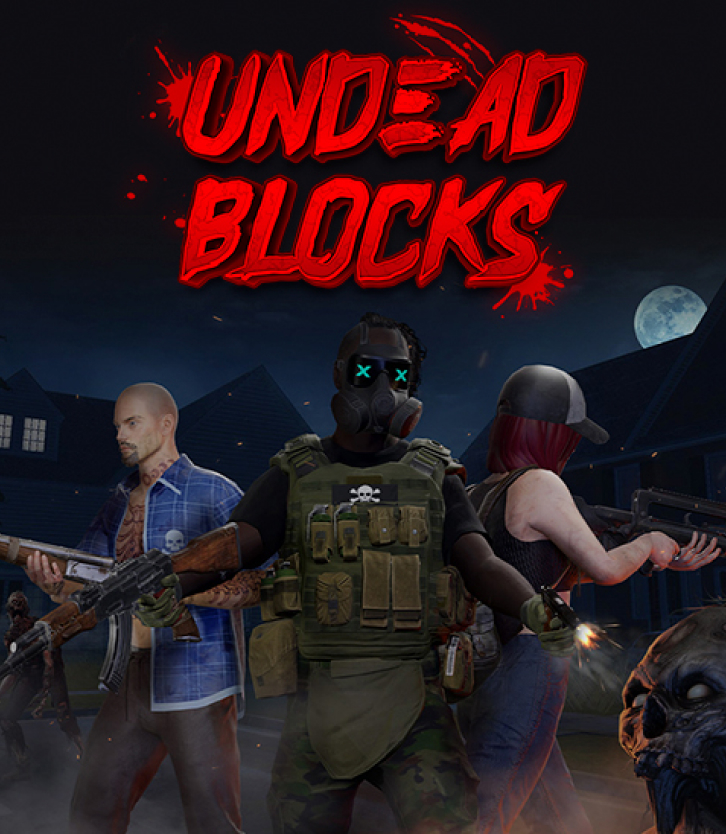
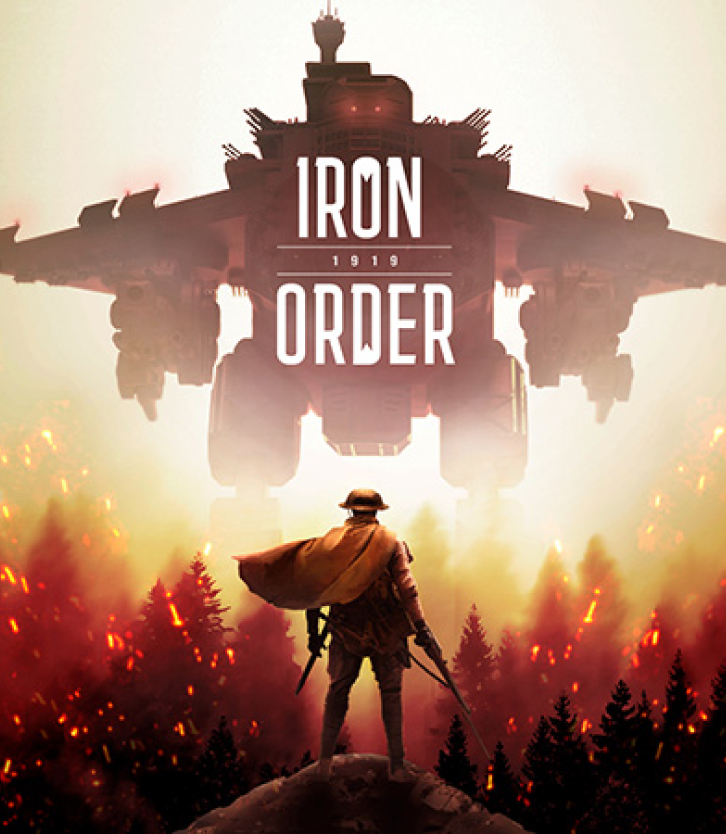

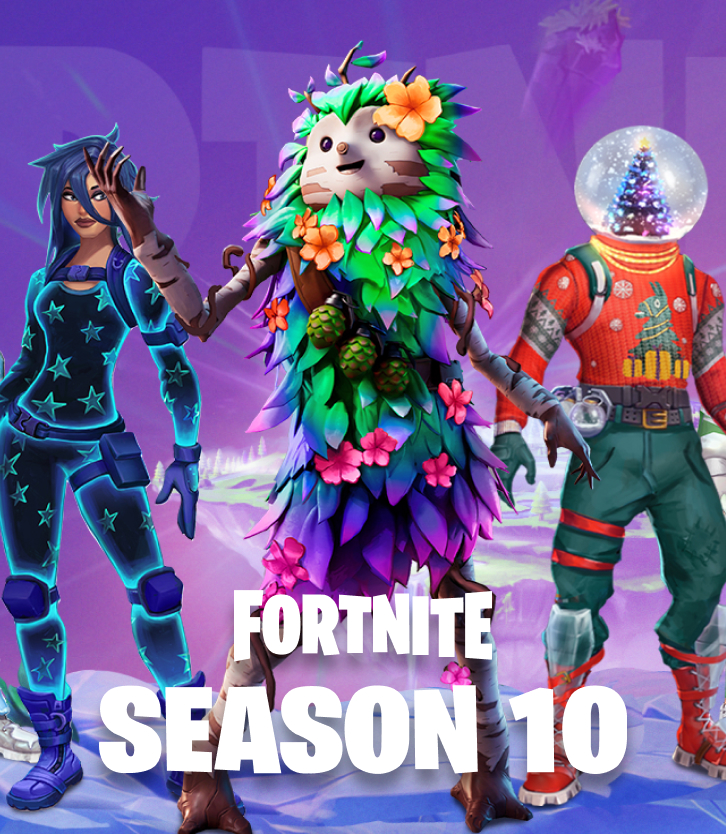
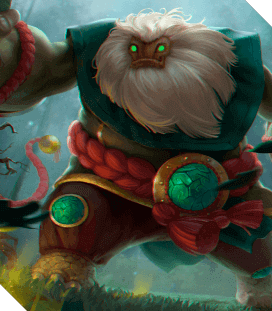
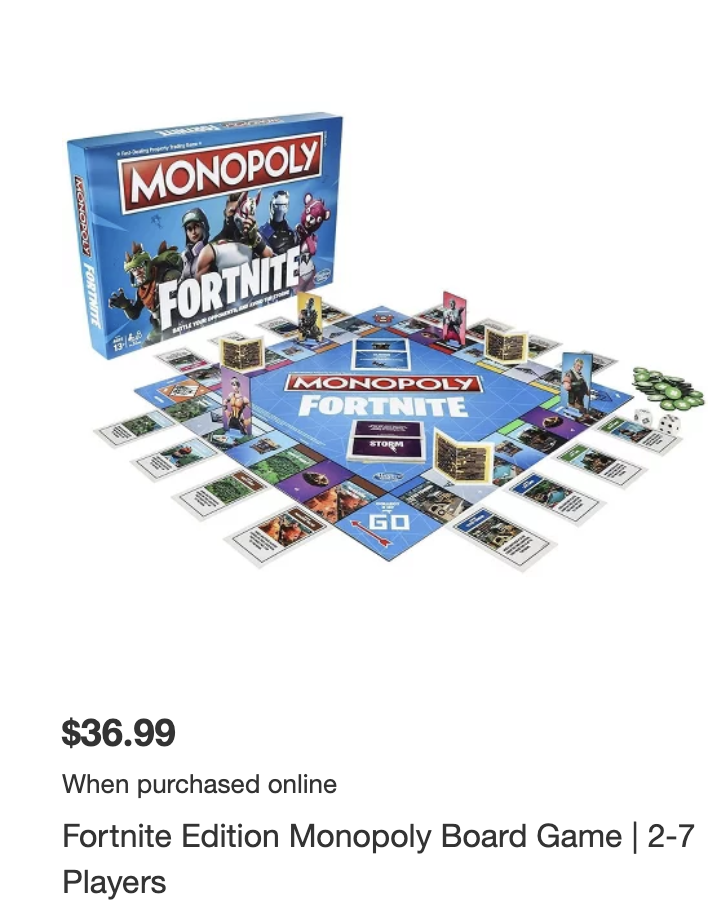
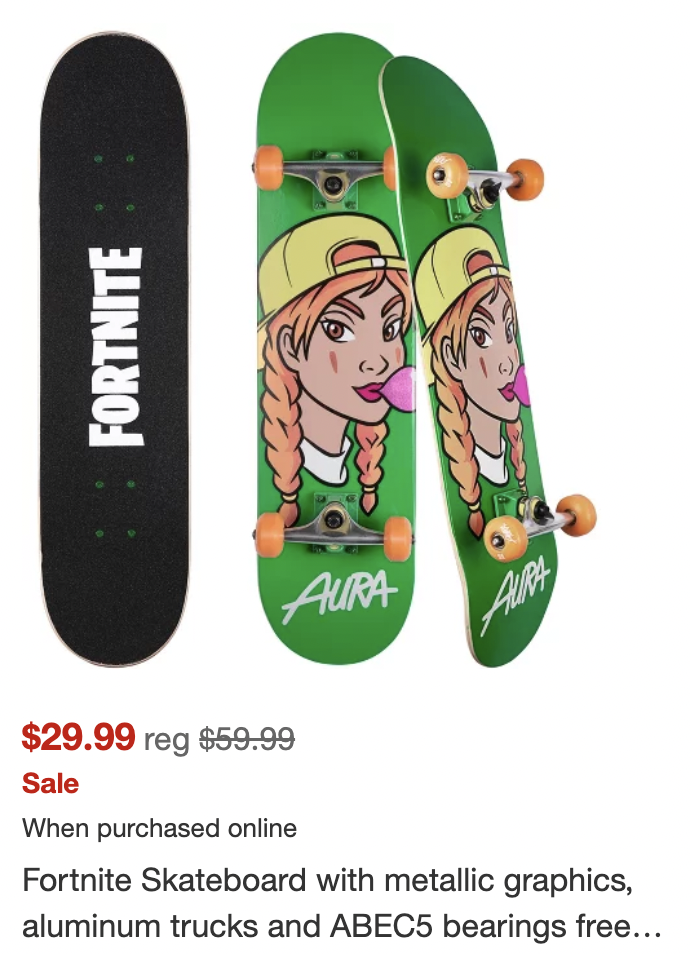
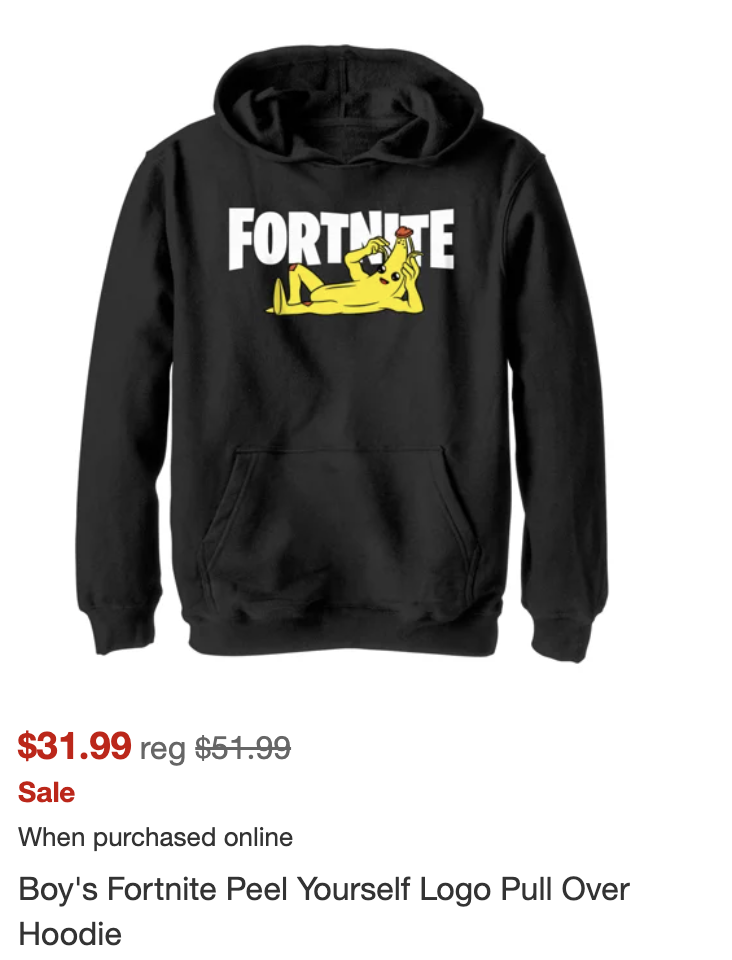
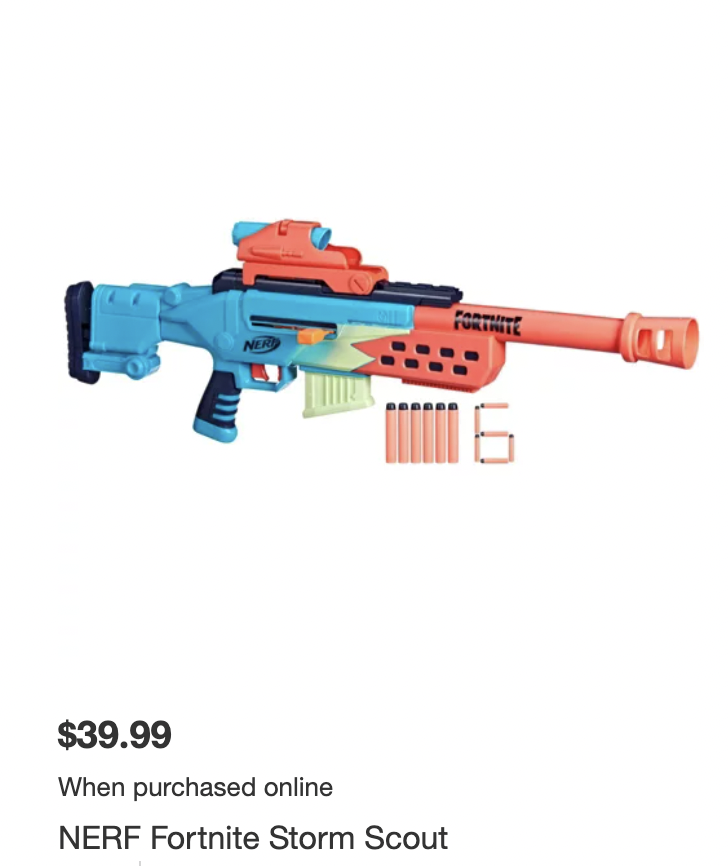


![Indie Game Development: Guide to Revenues, Most Profitable Genres & Monetization [+10 Best Indie Games 2024]](https://kevurugames.com/wp-content/uploads/fly-images/11949/indie-pre-138x138.jpg)
